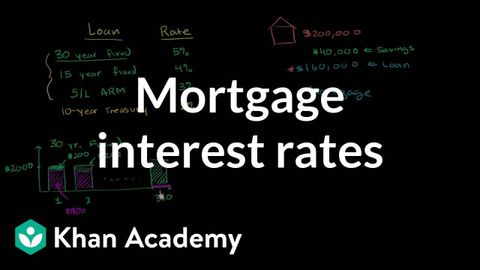
Subtitles & vocabulary
Mortgage Interest Rates | Housing | Finance & Capital Markets | Khan Academy
00
林宜悉 posted on 2020/03/04Save
Video vocabulary
stick
US /stɪk/
・
UK /stɪk/
- Verb (Transitive/Intransitive)
- To push a sharp or pointed object into something
- To join together using glue or paste
- Countable Noun
- Long thin piece of wood from a tree
A2
More assume
US /əˈsum/
・
UK /ə'sju:m/
- Transitive Verb
- To act in a false manner to mislead others
- To believe, based on the evidence; suppose
A2TOEIC
More figure
US /ˈfɪɡjɚ/
・
UK /ˈfiɡə/
- Verb (Transitive/Intransitive)
- To appear in a game, play or event
- To calculate how much something will cost
- Noun
- Your body shape
- Numbers in a calculation
A1TOEIC
More quote
US /kwot/
・
UK /kwəʊt/
- Noun (Countable/Uncountable)
- Written statement of the cost of something
- The (often wise or famous) words of another person
- Transitive Verb
- To tell someone how much a task will cost
- To repeat precisely what a person said or wrote
A2TOEIC
More Use Energy
Unlock All Vocabulary
Unlock pronunciation, explanations, and filters
